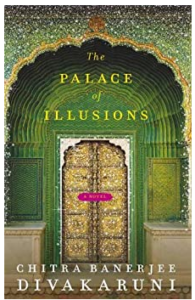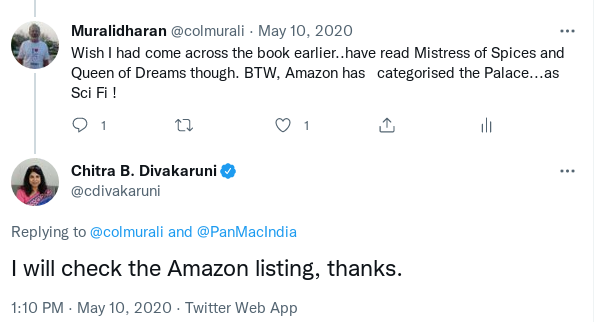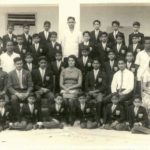🥂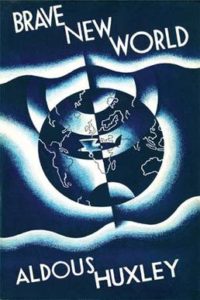
Book Review : Brave New World by Aldous Huxley
The book, Brave New World ( BNW) was first published in 1932. It is a dystopian novel often compared with George Orwell’s 1984. It is always fascinating to guess where we would be 100 or 200 years from now. How often have we heard the clichés “what’s the world coming to ?” or “where are we heading for ?”. A Hindu will often say , we are well into the Kaliyug. Dystopian novels try to visualize this Kaliyug.
George Orwell’s Animal farm narrated the story from the October Revolution in Russia till Stalin’s brutal dictatorship. The way communism was taking shape, George Orwell visualized a world order in which three super states governed the world. There was single party rule under the watchful eye of the Big Brother.
 Brave New World was written between the world wars when World War – I was still referred to as the Great War. The communist challenge or the Eastern Bloc was still far from a political reality. The free world was expected to march on powered by Science, Industrial Revolution and Capitalist Economy. The old order was changing; Mustafa Kemal Atatürk had successfully abolished the caliphate and sultanate establishing the modern, secular Republic of Turkey . The character Mustafa Mond , the World Controller in the novel, probably takes inspiration from the Turkish statesman.
Brave New World was written between the world wars when World War – I was still referred to as the Great War. The communist challenge or the Eastern Bloc was still far from a political reality. The free world was expected to march on powered by Science, Industrial Revolution and Capitalist Economy. The old order was changing; Mustafa Kemal Atatürk had successfully abolished the caliphate and sultanate establishing the modern, secular Republic of Turkey . The character Mustafa Mond , the World Controller in the novel, probably takes inspiration from the Turkish statesman.
It is extremely difficult to appreciate a book written almost a century ago unless one can understand the political,social and economic situation of that period.
Somehow this is one book, I have never come across till I read Homo Deus of Yuval harari wherein you see frequent reference to the BNW. Obviously Yuval Harari was quite inspired by the idea of this Dystopian society. One advantage of reading a good book is that it leads you to many other good books.
The plot is set in Gregorian year 2540 , when children are produced in assembly line , nobody is ever unhappy, the humankind has found solutions to all problems like famine and pestilence , through science and technology. Early indoctrination ensures that all citizens conform to the officially approved ideas. Classes are created deliberately for distribution of labour and early indoctrination ensures that people are happy with the class they are slotted into and there are absolutely no class conflicts.
The motto of the State is “Community, Identity, Stability” . Every effort is made to ensure that there are no non conformist ideas. Art and literature are discouraged. Citizens are encouraged to consume like mad, to keep themselves occupied with trivial games and to take liberal doses of soma to keep depression away. Soma is a anti-depressant drug that has no side effects and the name obviously is inspired by Hindu Mythology. The idea of class based division of labour is also probably inspired by Hindu civilization. After all , be it Plato’s Republic or the Communist State there are classes / castes and the entire idea of an organized religion ; yes communism is also a religion, is to sustain the noble lie as spelt out in The Republic.
The society makes great use of hypnopaedia for conditioning the citizens in their childhood. It is funny how we use the words training, conditioning, creating awareness or brainwashing. If a particular trait is desirable in a citizen we call it training or creating awareness and when your enemy does the same to his subjects it would be called brainwashing. Be it communism or democracy , it is generally agreed in closed door meetings that letting the citizens think on their own is detrimental to stability and welfare of the State.
The subjects of the Ford State ( the Brave New World ) learn a few things in their sleep through hypnopaedia. These are axioms like “ Civilization is sterilization”, “Ending is better than mending.”,“I love new clothes, I love new clothes, I love …”,“The more stitches the less riches; the more stitches the less …”,“I do love flying. I do love flying.” They called it conditioning not brainwashing.
So, we have a painless society that has solved all problems through Science and technology. Everyone is for everyone. There are no families, and hence no family problems. All citizens are categorized in grades from Alphas (the brahmins) to Epsilon ( the shudras) . Then they have the soma to remain perpetually happy.
Sometimes I feel, the present generation , or millennial as they are called , are slowly but surely moving towards this state. I am not trying to be judgemental but just trying to follow the new value system. They just want to be cool and to chill; keep worries away. They would avoid or delay having children so there are no emotional ties. Then you have surrogate mothers if required. Recently I came across a tweet (don’t know if it is one of the parody handles , but it looked real , reproduced below.
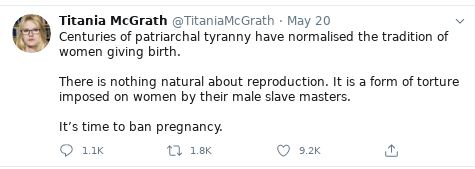
It is not just the millennials, but the elites in general ,in every region , steer away from religion, traditional family values or the traditional ideas of rights and duties as different for different individuals of the society. The generally accepted ideas are that no one owes anything to the family , to the community or to the nation; work hard and party harder, and just be cool about everything!
If the pill gave the women freedom from unwanted pregnancies , the test tube will finally free them from pregnancies altogether; No father, no mother , and no families. That would be a monstrous society indeed ! But then you have soma to ease your minds.
Such books make better and better read as decades go by! 🥂


